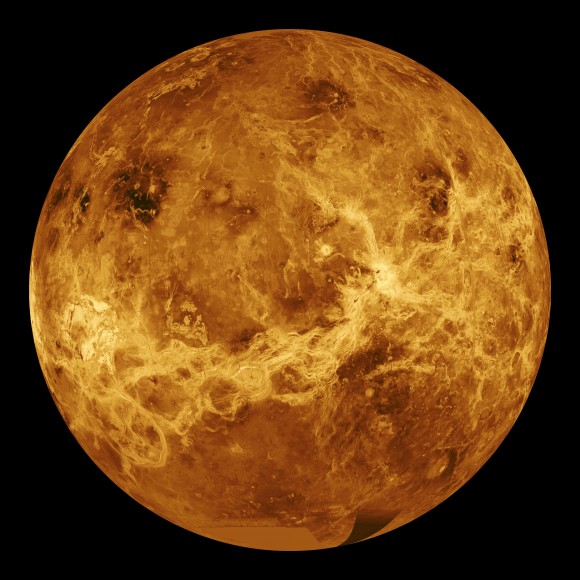May is the best time to try and spot one of the most enduring unsolved mysteries in our Solar System. Ashen Light is a faint glow allegedly seen on the unlit portion of Venus, during its crescent phase, similar to the earthshine often observed on the Moon, though not as bright. It is more commonly observed while Venus occupies the evening sky, as now, than when it is in the morning sky. But no one really knows for sure what causes it.
 The phenomenon was first noted in 1643, by Italian astronomer Giovanni Battista Riccioli. Though many notable astronomers have reported sightings in the 369 years since, including Sir William Herschel and more recently, Sir Patrick Moore, many others have failed to see the effect, leading to claims that it is due to nothing more than observer error, an illusion, atmospheric effect or equipment malfunction. Things are not helped by the fact that nobody has managed to capture an image of Ashen Light, yet.
The phenomenon was first noted in 1643, by Italian astronomer Giovanni Battista Riccioli. Though many notable astronomers have reported sightings in the 369 years since, including Sir William Herschel and more recently, Sir Patrick Moore, many others have failed to see the effect, leading to claims that it is due to nothing more than observer error, an illusion, atmospheric effect or equipment malfunction. Things are not helped by the fact that nobody has managed to capture an image of Ashen Light, yet.
The Astronomical Research Center (A.R.C) mentioned that As the month progresses, Venus nears the Sun, ready for its transit on June 5th to 6th and the planet’s crescent phase will increase in diameter during the month, from 37 arcseconds to 56 arcseconds. The best option for amateur astronomers hoping to catch a fleeting glimpse is to use an occulting bar to block the bright crescent, making any glow present on the unlit portion of Venus, more visible.
There is much controversy and many theories as to the cause of Ashen Light. The Keck 1 telescope on Hawaii reported seeing a subtle green glow and suggested it could be produced as ultraviolet light from the Sun splits molecules of carbon dioxide, known to be common in Venus’ atmosphere, into carbon monoxide and oxygen, but the green light emitted as oxygen recombines to form O2 is thought too faint to explain the effect. Another more likely theory is that multiple lightning strikes are illuminating Venus’ skies. Though the Cassini spacecraft flew by Venus twice on it’s voyage to Saturn and failed to detect the high frequency radio noise we associate with thunderstorms on Earth, in 2007 Venus Express did detect low frequency ‘whistler waves’ that can also result from lightning. It could also be the Venusian equivalent of aurorae.